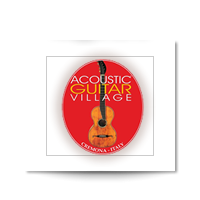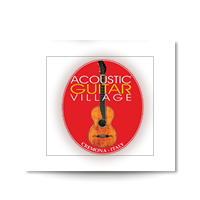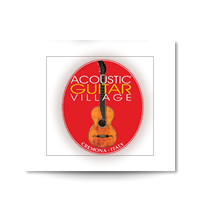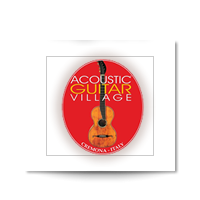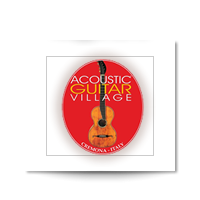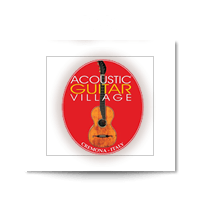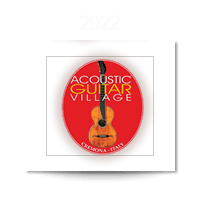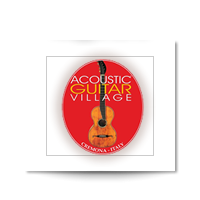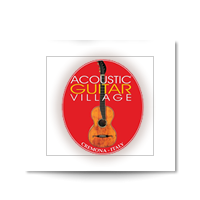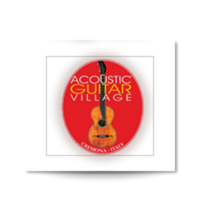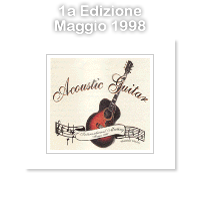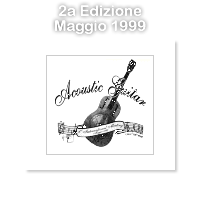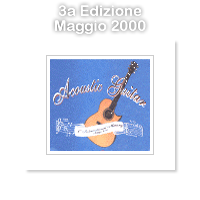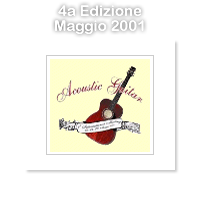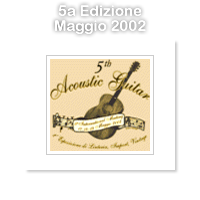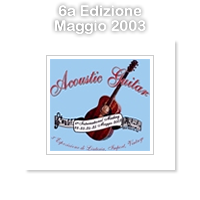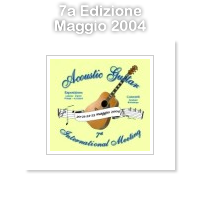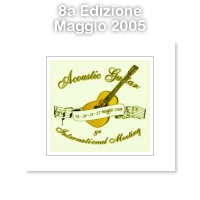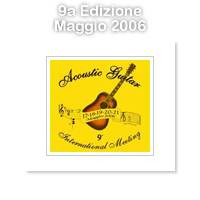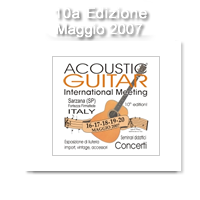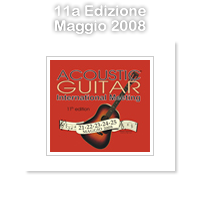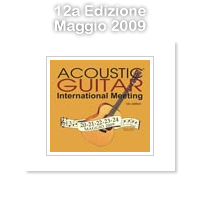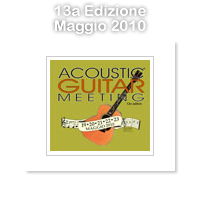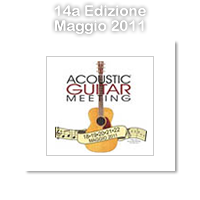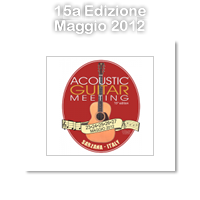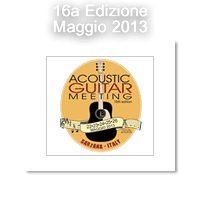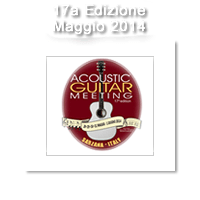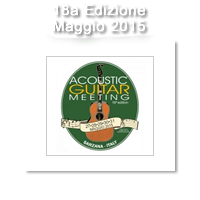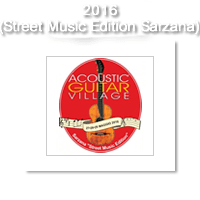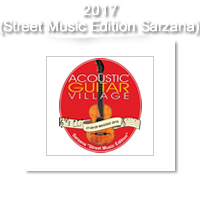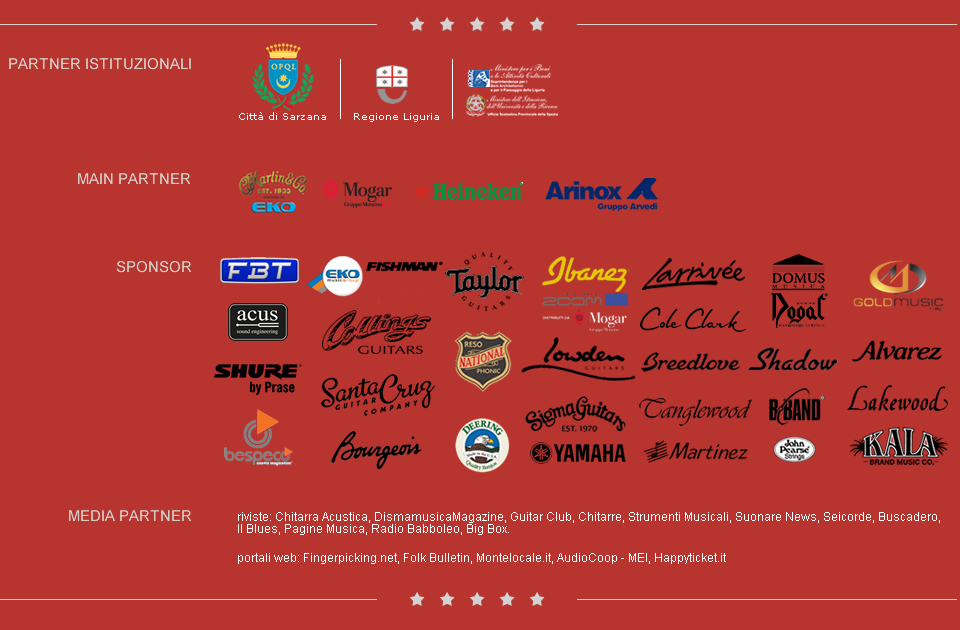MASTERCLASSES/WORKSHOPS AT THE ACOUSTIC GUITAR VILLAGE in contemporary of CREMONA MUSICA INTERNATIONAL EXHIBITIONS – CREMONA FAIR
September 26th, 27th, 28th
info: info@armadilloclub.org
THE MASTERCLASS OF LUTHERIE FOR ACOUSTIC GUITAR HAS REACHED THE MAXIMUM NUMBER OF REGISTRANTS, REGISTRATION IS THEREFORE CLOSED. PLEASE DO NOT SEND REGISTRATION OR PAYMENTS.
THANK YOU
Masterclass of Lutherie for Acoustic Guitar, classical and modern
Friday 26th, Staurday 27th, Sunday 28th 2025
Masterclass room 1 at the Cremona Fair Offices
With great regret we must reluctantly forgo the presence of maestro and friend Richard Hoover, founder of the Santa Cruz Guitar Company. In his place, luthier and SCGC Vice President Rick Barto, who was already scheduled to attend, will be present. Master luthier Robbie O’Brien has also joined us for an important lesson on guitar finishing
Teachers: RICK BARTO (US) – ROBBIE O’BRIEN (US) – TOM BILLS (US)
translation and assistence by Max Monterosso, Mirko Borghino
open to all luthiers and guitar maker lovers – total registration price: € 250,00
APPLICATION FORM
Program:
Master Luthier RICK BARTO (US), Vice President of Santa Cruz Guitar Company and Acoustic Science Expert
Rick Barto will continue Richard Hoover’s planned program and will also introduce the company and the figure of its founder Hoover.
Richard Hoover began learning his craft in the 1960s, and became well known in his home town of Santa Cruz, California, after having run his own guitar repair and manufacturing shop for several years. In the early 70s there was little information on building steel-string guitars available, and builders like Hoover, Bob Taylor, Jean Larrivée and Michael Gurian started collaborating, sharing ideas, tools, and techniques as they discovered them. Hoover also learned from reading an “armload of books on how to make violins” and learned techniques on wood finishes from a Swedish finish carpenter. He is reputed to have “trained some of the most accomplished contemporary luthiers in his workshop”.
In 1976 Hoover was approached by investors Bruce Ross and William Davis, who wanted to start their own acoustic guitar company. Hoover had made his own guitar and he was invited to be part of the team and “Santa Cruz Guitar Company” was founded. Years later, Hoover became the only owner.
During their entire history the company has paid high attention to detail, and kept their size limited to be able to make each instrument sound its best. They have worked diligently on developing new designs and understanding of materials to allow for a greater variation in tone, because where traditional guitars were required to produce a certain amount of volume in order to compete with other instruments, smaller bodied guitars can now be amplified with a microphone if necessary.
Among the great guitar players with a custom made Santa Cruz guitar are Eric Clapton, Doc Watson, Tony Rice, Warren Haynes, Elvis Costello and many others.
https://santacruzguitar.com/
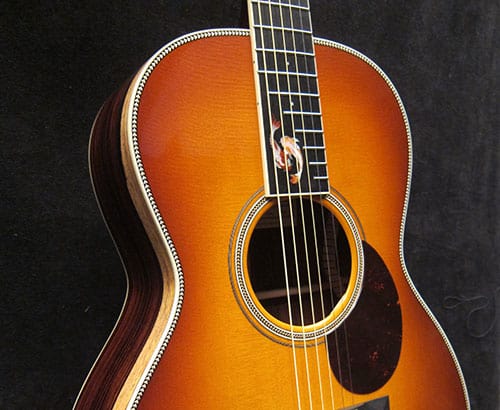
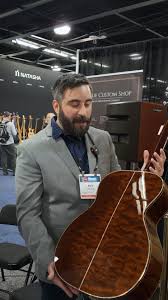
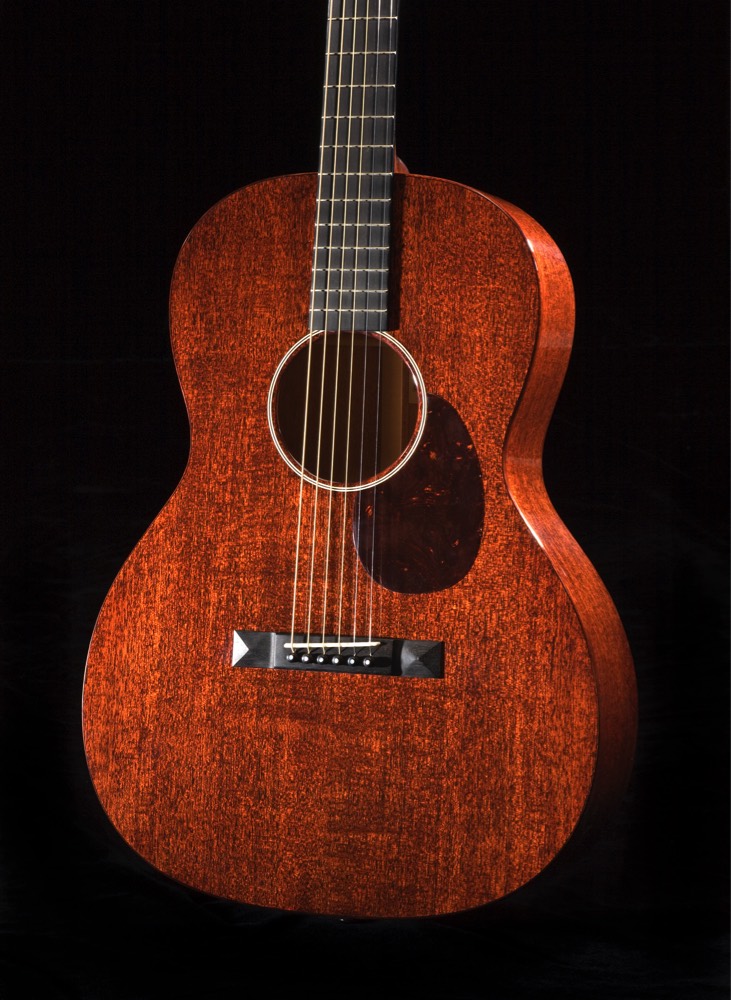
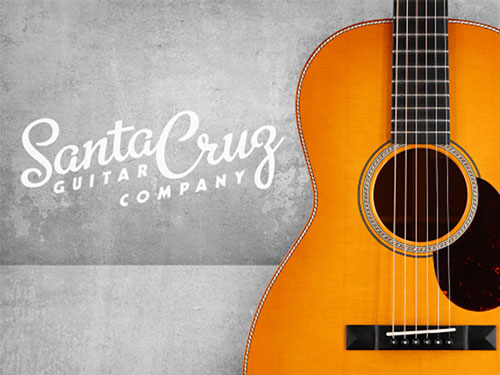
Intro and Raison d’etre:
Santa Cruz, as a pioneer in applying time-honored “secrets” of the school of Amati, including contributions from Stradivari, Guenari, etc., changed the way modern guitars were made.
Heretofore, the steel string guitar had become a mass-appeal folk instrument where affordability far outweighed any concern for inspirational quality of sound.
Everything changed when the major brands enjoyed a spectacular post-WWII sales boom.
The Allies won, and with the spoils of war, we bought subsidized housing, cars, and guitars by the hundreds of thousands.
Brand credibility wasn’t based on the quality of the guitar’s sound but rather on its association with celebrity artists, radio, and television presence.
Acoustic loudness and prevalent bass volume were the desirable properties in the folk boom repertoire simply because steel-string guitar players had yet to be introduced to the sophisticated qualities of the professional violin or classical guitar.
With no challenge yet from low-priced offshore competition, which wouldn’t arrive until the 1970s…
With the limits of a pre-internet marketing culture, Martin and Gibson ruled and prospered.
They could afford to dumb down to reduce the costs of their products while maintaining the profitability of a near monopoly in the American market.
This is the environment into which Santa Cruz Guitar entered the scene.
Players were ready for a better guitar at a time when the big brands had effectively blocked the entry of new brands into the marketplace.
Santa Cruz Guitar’s reintroduction of repeatable sound quality through:
A return to the proven methodology of the violin masters
Our ability to customize, where others can’t or don’t know how
Raising the industry’s bar for quality and upending the downward spiral of new guitar quality from the 1970s to the present day.
Program of the lessons
1st Day – Friday 26th September, from 10am to 1pm:
- Intro to Santa Cruz Guitar Company and Its Mission:
- Starting with the status of guitar making in the mid-20th century, Richard pays tribute to the pioneers of a new wave of builders who hoped to become the “Next Martin.”
- How the comeuppance from:
- The effects of the early 80s recession
- Disco
- MIDI
- Boomers coming to grips with babies and student loans
- All combined to defeat the first serious threat to the corporate American guitar-making monopoly.
- On the first day, Richard will introduce SCGC’s history, beginnings, and the challenges faced to educate the public on the possibility that:
- A guitar can be hand-built by humans to a higher level of sound and personal playability than one made by experts in a factory.
- The idea of a repeatable degree of excellent sound while capturing personal preference for EQ, tone, and presence is something most would assume would be best done by an old brand like Martin or Gibson.
- However, this isn’t possible while maintaining the goal of a profitable price target.
- Richard will explain how:
- Achieving these desirable properties of sound has long been abandoned by bigger companies.
- Larger market share is prioritized over esoteric and inefficient practices.
- In our first day, we will:
- Debunk some common myths about how to control sound.
- Explain those proven through the scientific method and repeatable experimentation.
- Close with:
- Demo of voicing and tuning.
- Wood choices.
- Myth-busting on the role of tonewood with examples.
- Intro to tomorrow’s Modal Analysis talk.
3rd Day – Sunday 28th September, from 10am to 1pm:
- Here today is Santa Cruz VP of Operations and Acoustic Science, Rick Barto.
- Rick will share the journey and collaborators along with a presentation of the world’s most sophisticated modal analysis for tonewoods
- RB’s presentation:
- Title:
- Bridging Tradition and Science: Advancing Lutherie with Acoustic Modal Analysis
- Description:
- This talk explores the Acoustic Modal Analysis Program (AMAP), a groundbreaking approach that merges traditional lutherie craftsmanship with scientific data analysis.
- Modal analysis is a technique used to:
- Study how materials vibrate by identifying their natural resonance frequencies, stiffness, and damping characteristics.
- By applying this method to tonewood at various stages of guitar construction, AMAP enables predictive modeling of sonic characteristics.
- Optimize wood selection, voicing techniques, and training processes.
- Learn how this data-driven method:
- Enhances consistency.
- Refines customization.
- Preserves the artistry of fine guitar making while pushing the boundaries of innovation.
- Title:
- Closing Remarks
- Rick, closing statement.
- Close with:
- Q&A
- Exchange of contacts
- “Don’t Try This Alone” lecture:
- Give back, open source.
- “A rising tide floats all boats.”
Master Luthier ROBBIE O’BRIEN (US)
He has dedicated himself to building and teaching the art of high-quality classical, flamenco, acoustic, and electric guitars to anyone who desires a quality, handcrafted guitar with an extraordinary sound.
He learned and developed his acoustic guitar building skills over the course of several years while living in Brazil. Fortunately, the internet has allowed him to share these skills, acquired years ago, so students can build a custom acoustic guitar.
He has taught hundreds of students how to build their own custom acoustic guitar. This is a very rewarding and fulfilling experience for everyone.
https://obrienguitars.com/
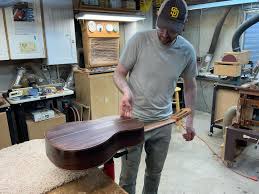
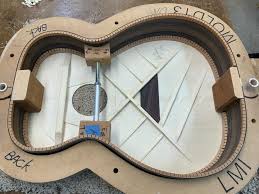
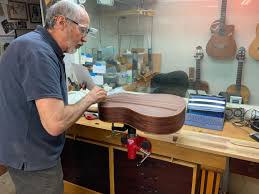
Program of the lessons
2nd Day – Saturday 27th September, from 10am to 1pm:
French Polish: A Modern Approach
A practical demonstration of Robbie O’Brien’s modern approach to this traditional finishing. Surface prep, the French polish method and rubbing out techniques
Master Luthier TOM BILLS (US),
Tom Bills is an archtop and flattop guitars extraordinaire builder.
He has been crafting one-of-a-kind guitars for the finest players and collectors around the world since 1998. Tom is also the author of the guitar building book/DVD “The Art Of Lutherie” published by Mel Bay and has written and contributed to numerous publications, both print and online, as well as appearing in several television and film commercials
“Guitar building is something very special to me, something I enjoy immensely and that has profoundly affected every aspect of my life. I don’t see it as a business or a career to pursue, to me it is the art and music of my life, one of the reasons I am here on this earth now, at this time and in this place”
Tom Bills
https://tbguitars.com/
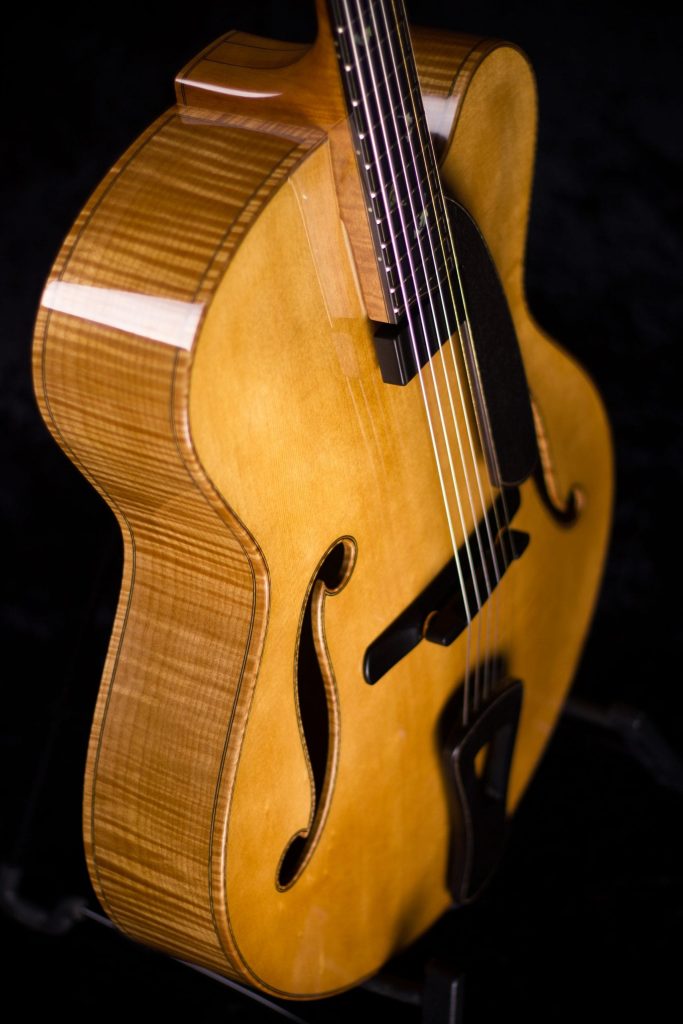
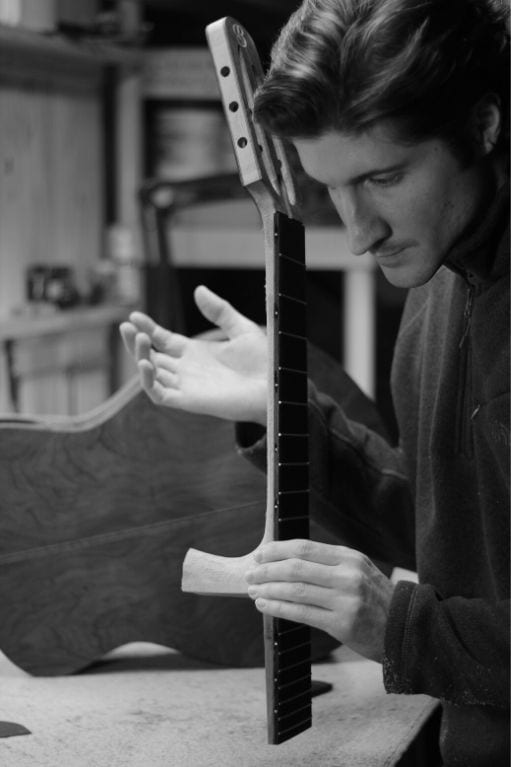
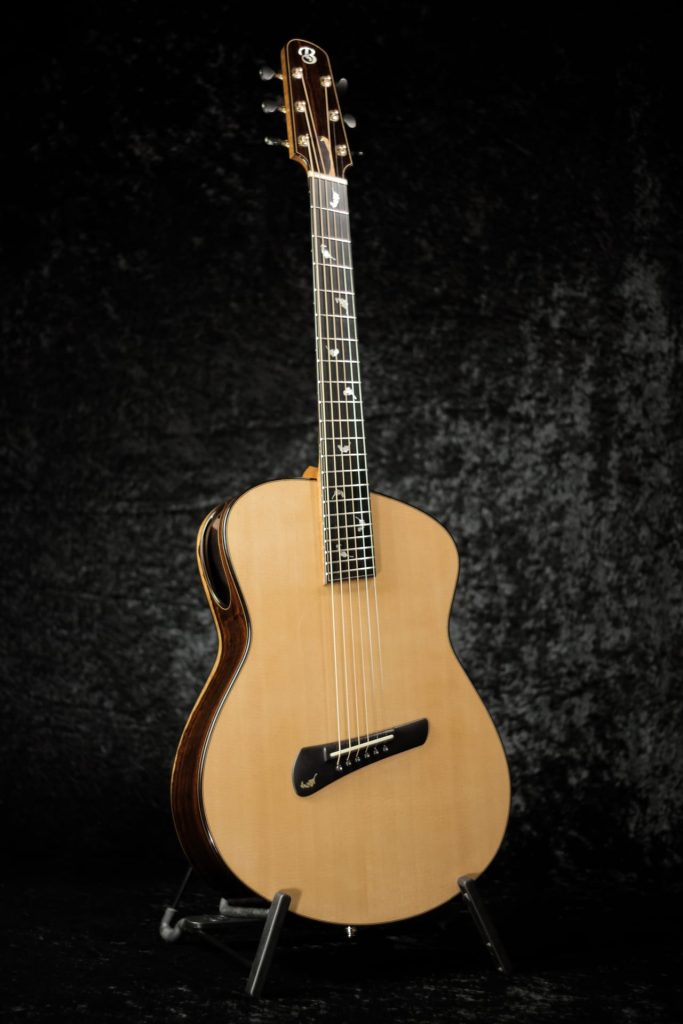
Program of the lessons
ATOMIC LUTHERIE
Harnessing the Power of Tiny Details to create extraordinary guitars
1st Day – Friday 26th September, from 2pm to 5pm:
The Primary Wave: Understanding Scale and String Dynamics
-Introduction
-Vibrational
-DNA: String Theory and Tonal Architecture
-Beat The PLEK: Fine Tuning Your Fretboard Design
-Force Dynamics: Neck-Bridge Geometry and Tonal Energy
-Q&A
2nd Day – Saturday 27th September, from 2pm to 5pm:
The Energy Cascade: Bridges, Braces & Resonance
-The Energy Gateway: Bridge Design and Vibrational Transfer
-Orchestrating Vibration: Strategic Bracing Patterns and Profiles
-The Acoustic Canvas: Soundboard Architecture and Air Cavity Dynamics
-Q&A
3rd Day – Sunday 28th September, from 2pm to 5pm:
Harmonic Convergence: Materials, Proportions, and the Maker’s Voice
-The Art of Listening: Strategic Selection of Woods and Other Materials
-Sacred Geometry: Dimensional Harmony and Proportional Relationships
-The Artist’s Touch: Final Elements and Finding Your Voice
-The Reciprocal Journey: Personal Applications and Cultivating Artistic Growth
-Q&A
Masterclass in mandolin specialisation
Sunday 28th September, from 10am to 12:30pm
Masterclass room 2 offices of Cremona Fiere
Teacher: M° CARLO AONZO (Ita)
Johann Sebastian Bach and Filippo Sauli – Sonatas and Partitas from the Early 18th Century
The Baroque approach with the modern mandolin – performance practice, phrasing, technique, ornamentation, diminutions. The Affektenlehre (musical affects)
Level: intermediate and advanced – Musical material will be provided upon registration
Cost euro 50,00, (includes 3-day admission to Cremona Musica Exibhitions & Festival)
To register: giulia.alliri@gmail.com
info@accademiamandolino.com
M° CARLO AONZO
Carlo Aonzo is a worldwide known Italian mandolin performer, teacher at the Conservatory of Bari and winner of several prestigious awards; during his long career he has played in all continents for such institutions as the Philharmonic Orchestra of La Scala in Milan, the Maggio Musicale Fiorentino, the Teatro Massimo V. Bellini of Catania, the Sicilian Symphony Orchestra (Italy), the Carnegie Hall and the Metropolitan Museum of New York, the Nashville Chamber Orchestra (USA), the McGill Chamber Orchestra in Montreal (Canada), the Philharmonia of San Petersburg (Russia), the Minsk Chamber Soloists (Belarus), the Schleswig-Holstein Musik Festival (Germany).
Carlo is often invited as musical director and visiting faculty by the most important international mandolin institutions namely the Classical Mandolin Society of America, the Federation of Australasian Mandolin Ensemble, the European Guitar and Mandolin Association, the Steve Kaufman’s Acoustic Kamp (Tennessee), the River of the West Mandolin Camp (Oregon), the Zupfmusik-verband Schweiz (Switzerland), the Mandolin Festival in Berlin, the Saigon Guitar Festival, the Goa Mando Fest (India), the Osaka International Mandolin Competition (Japan), the Yasuo-Kuwahara Competition Schweinfurt (Germany) and he regularly teaches seminars and workshops worldwide.
Since 2000 he leads his annual “Carlo Aonzo Mandolin Workshop” in New York and Milwaukee In 2006 he creates the International Italian Mandolin Accademia that he is still successfully directing and constantly expanding with new activities among which the production in 2020 of the short-documentary series “L’Italia dei 1000 Mandolini” (the 1000 mandolins of Italy) on the mandolin and its fascinating world. He has released several albums covering different musical genres, made research on the history of his instrument collaborating also with the New Grove Dictionary of Music and Musicians and published for MelBay, Hal Leonard (USA) and Les Productions d’Oz (Canada). He often appears in national Radio and TV programs in Italy and abroad, he has recently toured Japan, USA, Australia, India, Switzerland, France and Norway and has lately worked with the conductor Enrico Maria Sardelli and the legendary master pianist Bruno Canino.
www.carloaonzo.com
www.accademiamandolino.com
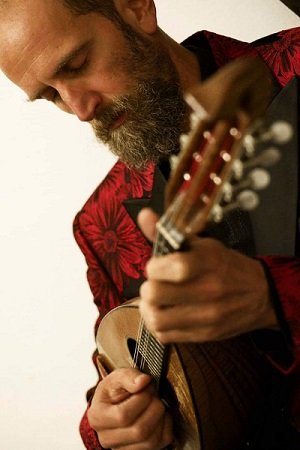
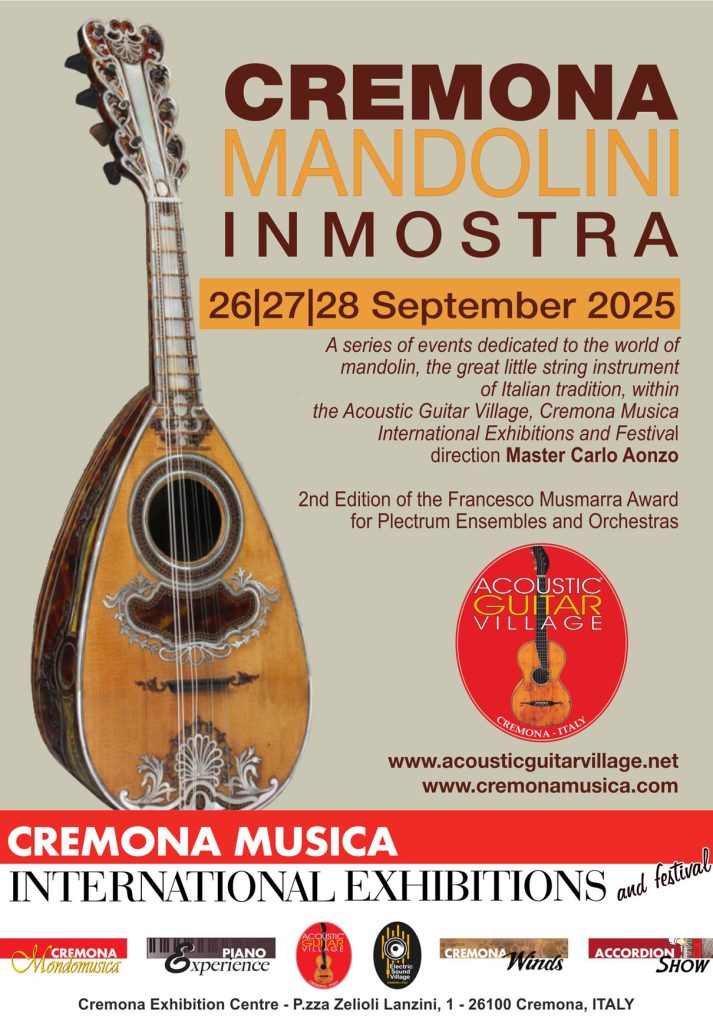
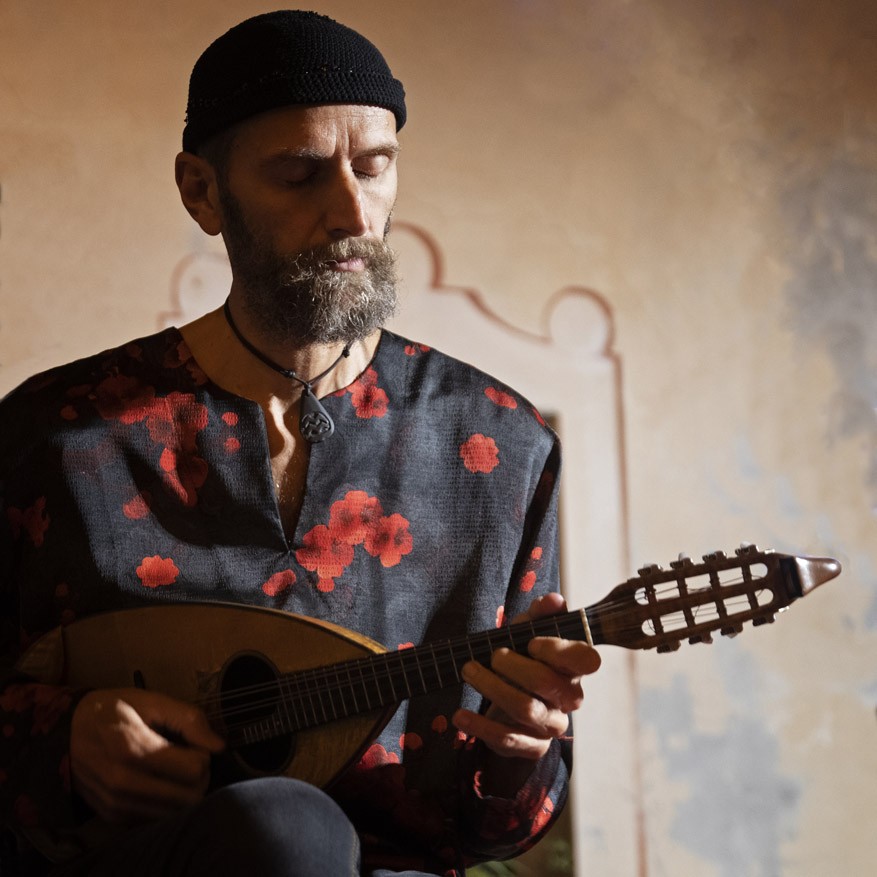
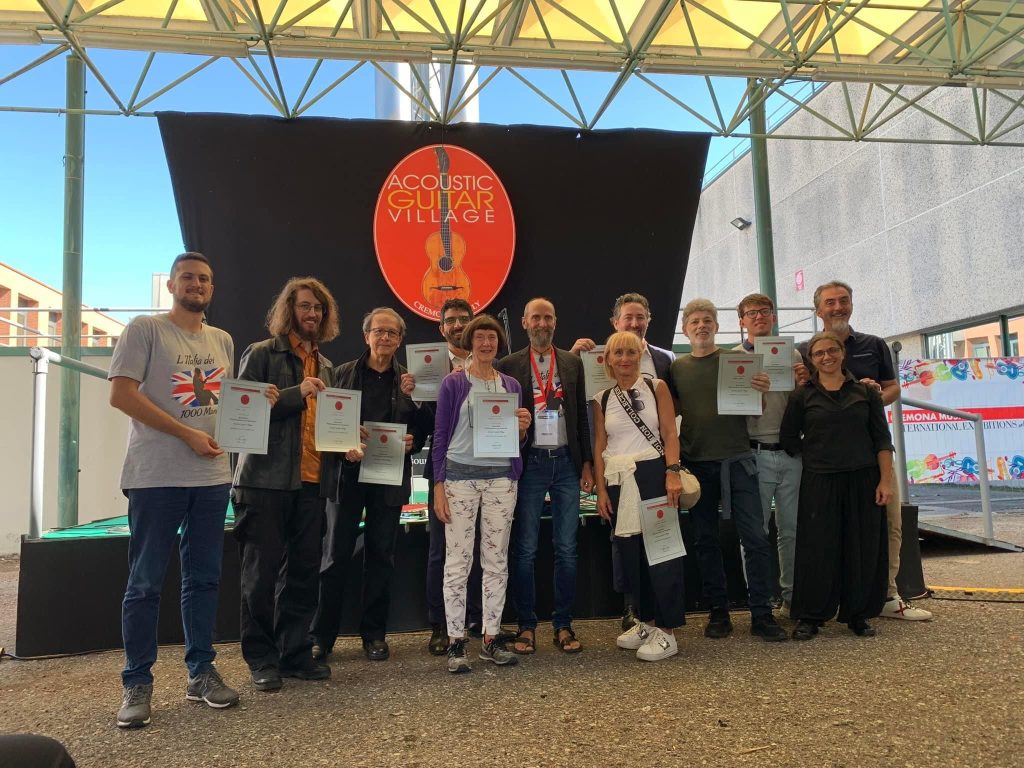



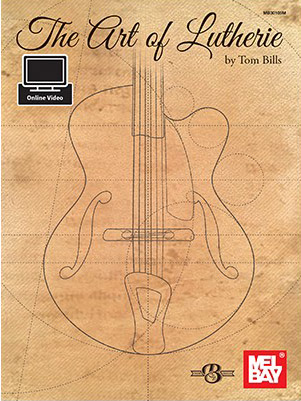
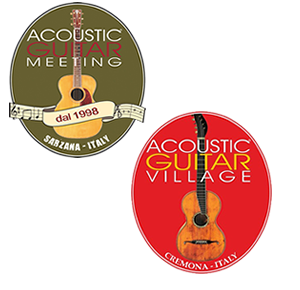
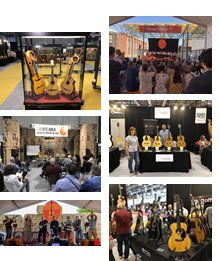
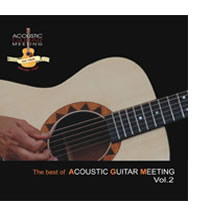
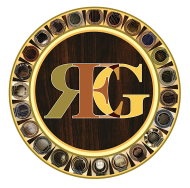 ROMA EXPO GUITARS
ROMA EXPO GUITARS Fingerpicking
Fingerpicking Woodstock Invitational Luthiers Showcase
Woodstock Invitational Luthiers Showcase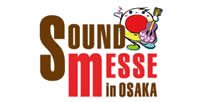 Sound Messe in Osaka
Sound Messe in Osaka Paris Guitar Festival
Paris Guitar Festival MEI INDIPENDENTI DAL 1995
MEI INDIPENDENTI DAL 1995 CHARANGO
CHARANGO